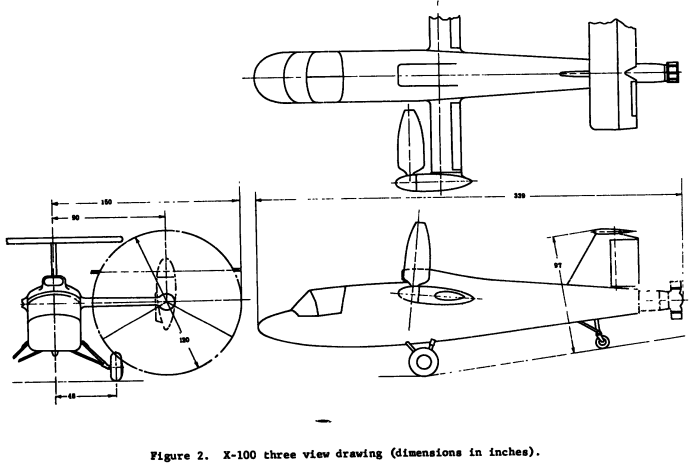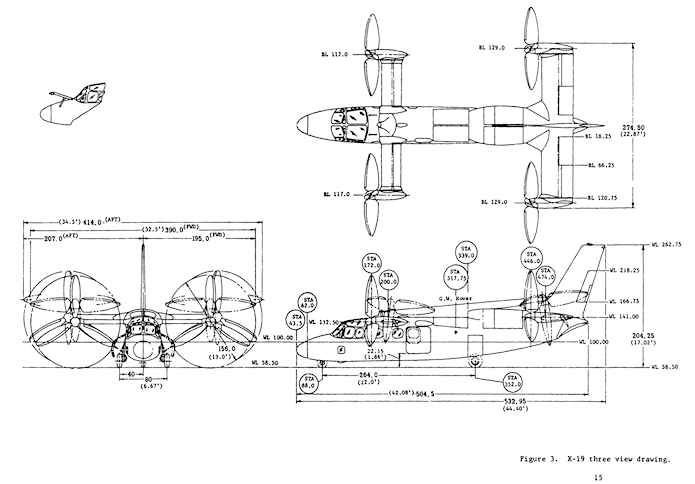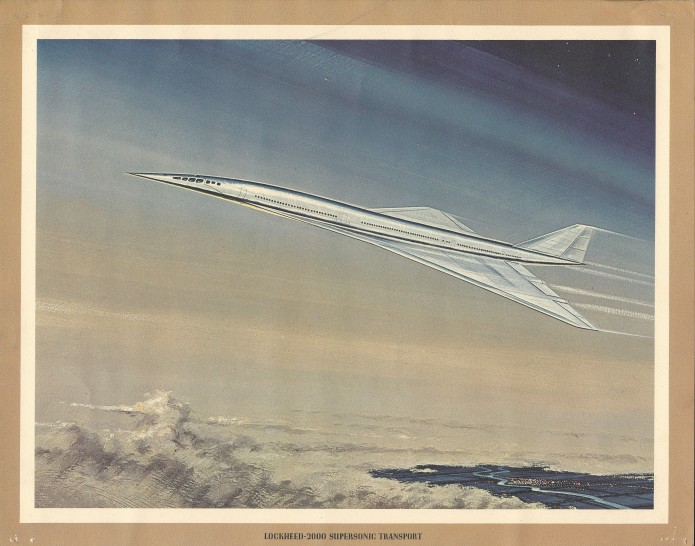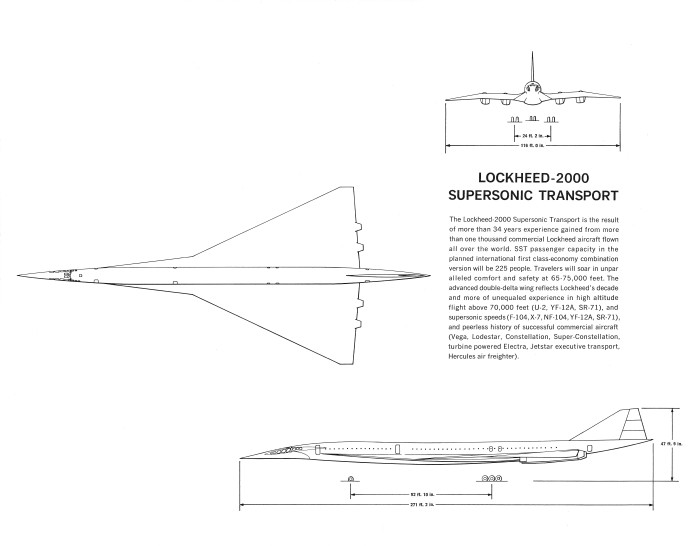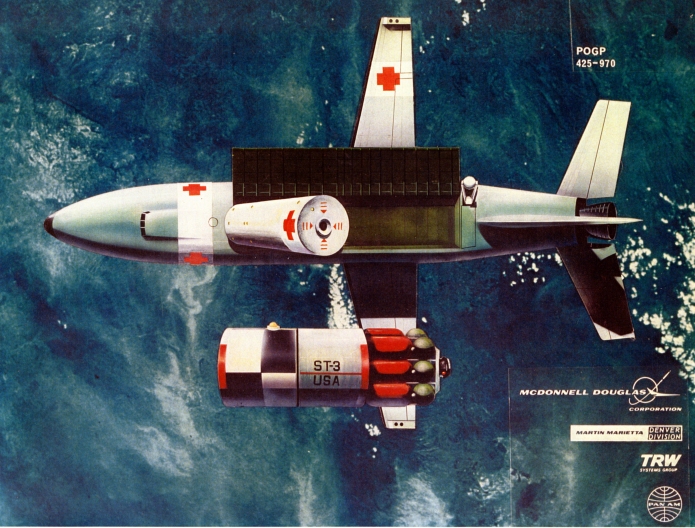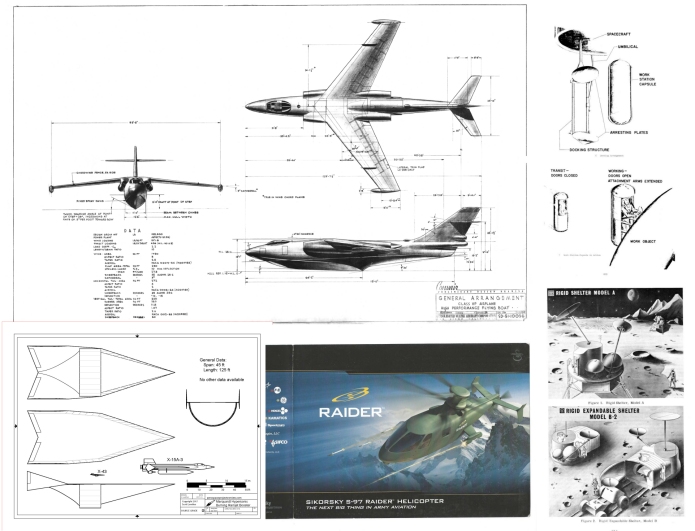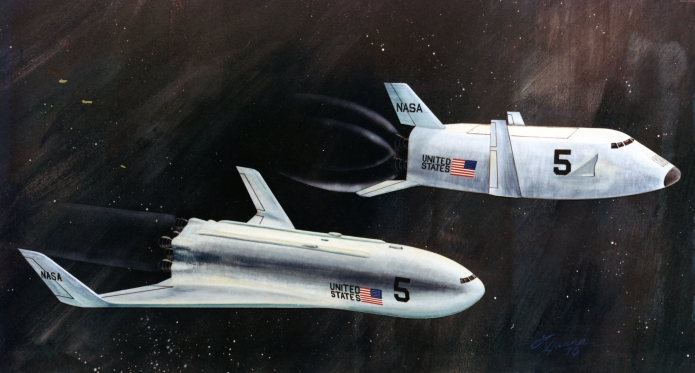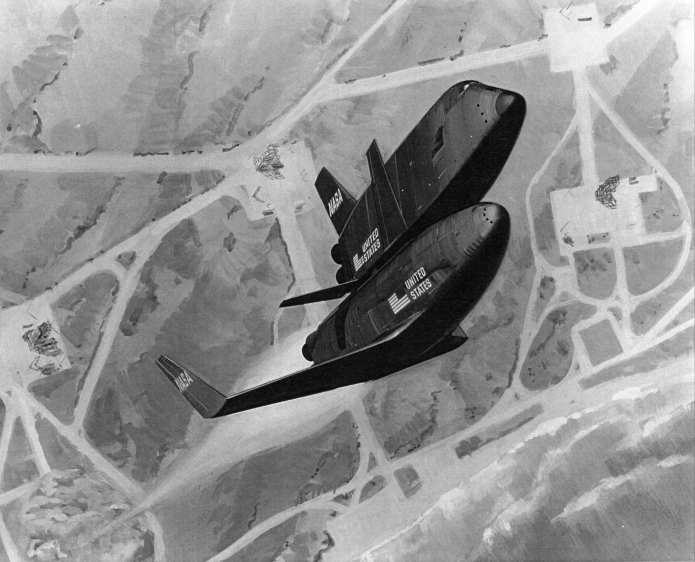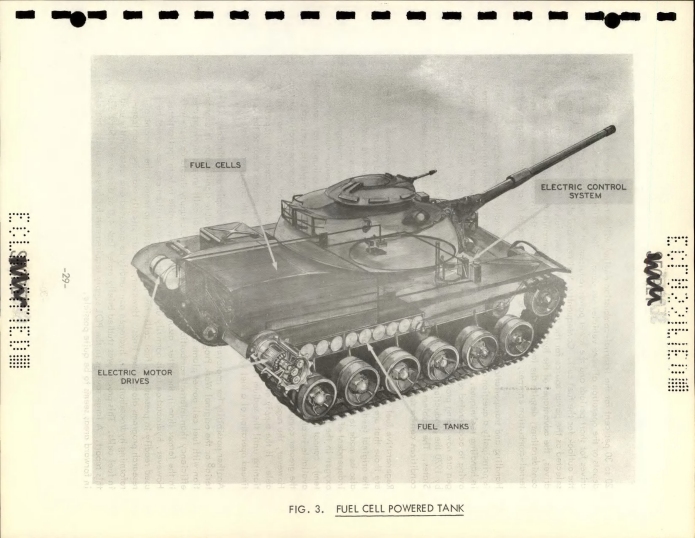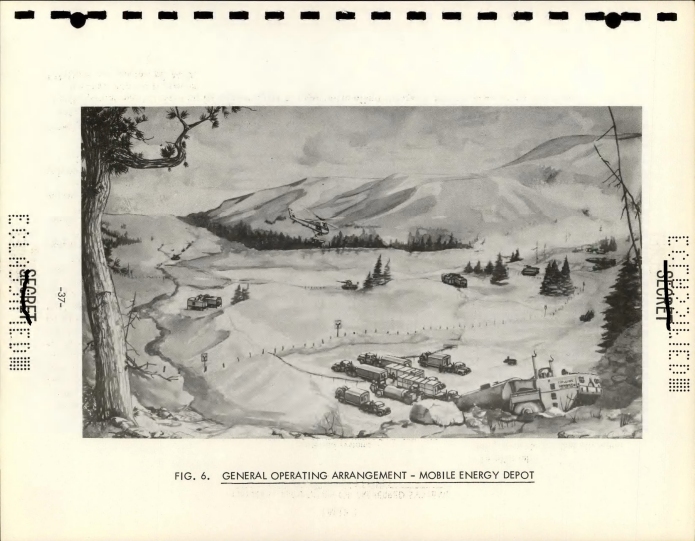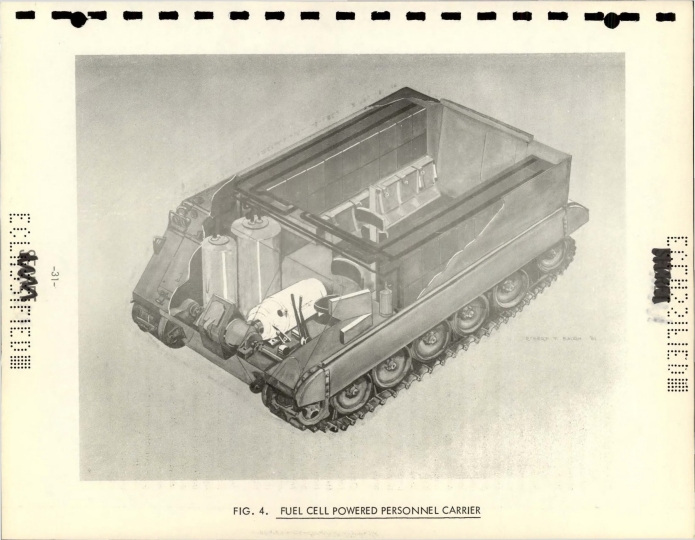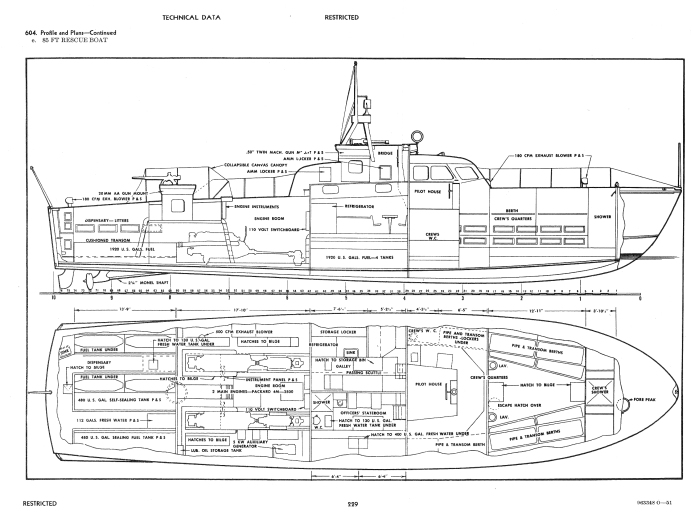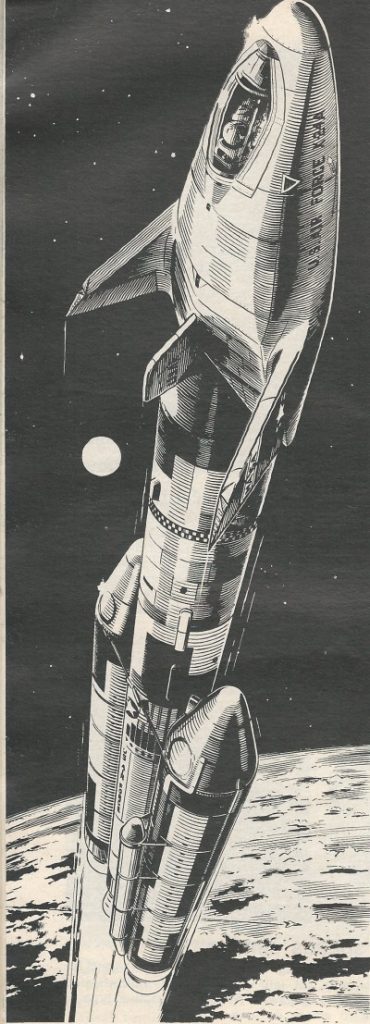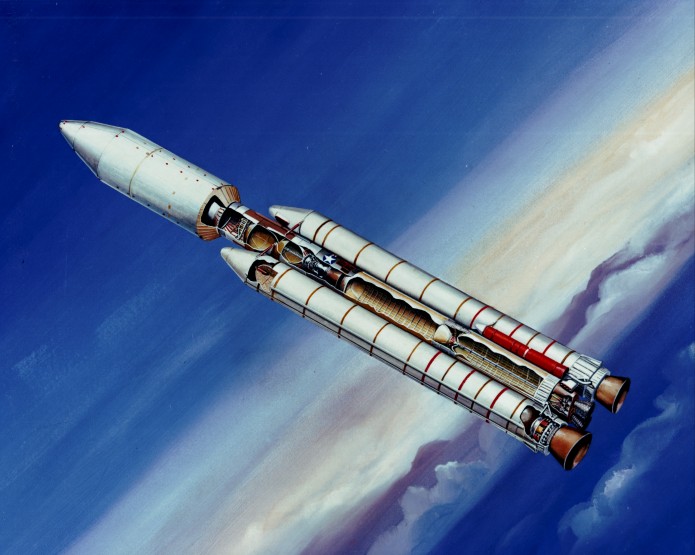The Curtiss-Wright X-19 was a reasonably successful experimental tilt-prop VTOL aircraft from the first half of the 1960’s. Two aircraft were built; one crashed, one is at the USAF Museum in Dayton (I believe it’s in a restoration facility). The Defense Technical Information Center has two CW documents in PDF format that cover the technology of the X-19 in some detail:
THE X-19 V/STOL TECHNOLOGY: A CRITICAL REVIEW – final report
THE X-19 V/STOL TECHNOLOGY: A CRITICAL REVIEW – technical report
One of the documents includes a fold-out three-view diagram of the X-19, scanned in glorious Extra No color two-bit black and white as two separate pages. I’ve stitched them back together and tried to make the diagram look reasonably good; I’ve uploaded the full-rez result of my effort to the 2018-0 APR Extras folder on Dropbox, available to all APR patrons at the $4 level and higher.
Support the APR Patreon to help bring more of this sort of thing to light!
